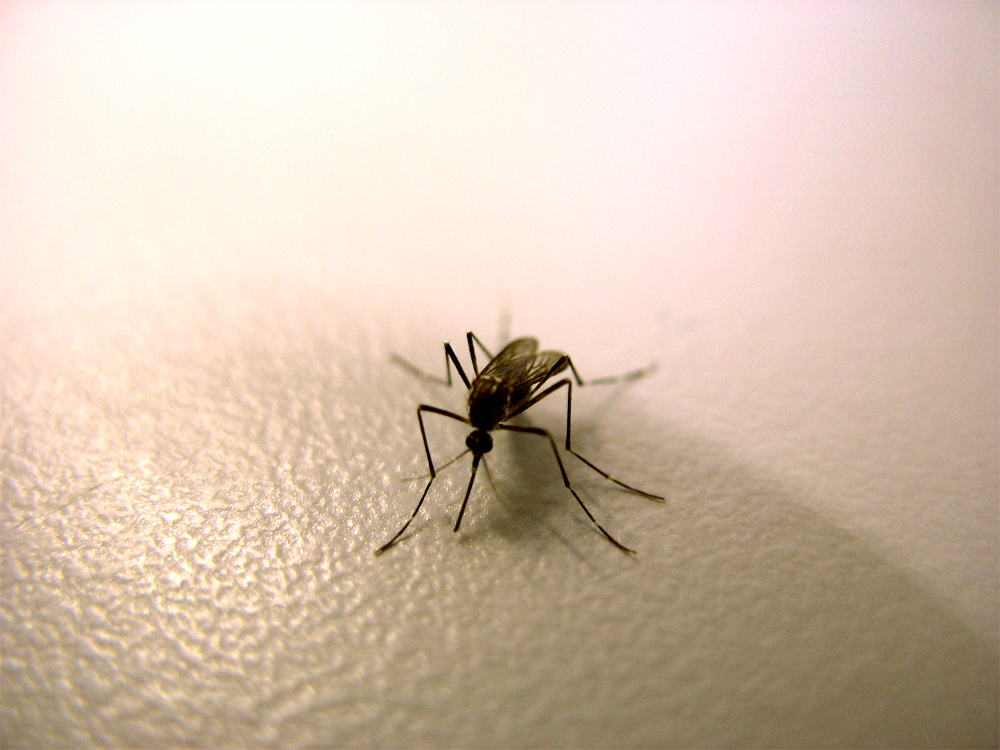
FRIDAY, March 11 (HealthDay News) — Adults infected with HIV — particularly adults between 25 and 54 — are at increased risk for bone fractures compared to the general population, a new study has found.
It’s known that low bone mineral density is common in people with HIV, but there is little data on bone fracture rates in this group of patients.
In this study, researchers compared rates of bone fractures in 5,826 HIV-infected patients between 2000 to 2008 and people in the general U.S. population between 2000 and 2006. The annual bone fracture rates were between 1.98 and 3.69 times higher among the HIV-infected patients.
The findings appear Mar. 11 in the journal Clinical Infectious Diseases.
“We confirmed that several established risk factors for fracture, such as age, substance abuse, hepatitis C co-infection and diabetes were associated with fractures among HIV-infected patients,” study author Dr. Benjamin Young of the Rocky Mountain Center for AIDS Research, Education and Services in Denver said in a journal news release.
“This study also highlights for the first time a potential association between fracture risk” and CD4 cell count, Young added. (CD4 cells are immune system cells that HIV infects and destroys.)
“The optimal clinical management of bone health in HIV-infected individuals is not well defined and remains controversial,” Young said. The findings “support the need to develop guidelines that address screening for — and correcting — reversible causes of low bone mineral density and fall risk,” he added, noting that these activities “should be incorporated into the routine care of HIV-infected patients.”
More information
The U.S. National Institute of Allergy and Infectious Diseases has more about HIV/AIDS.

